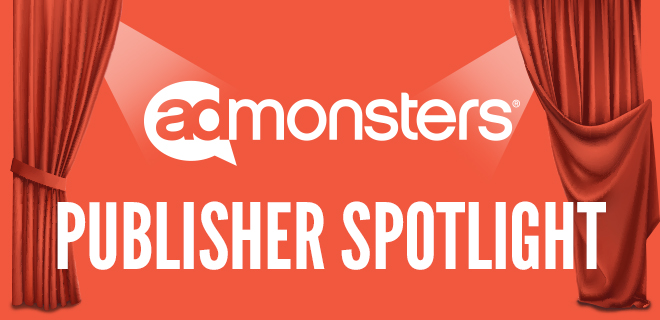
The New York Times’ Robyn Roberts shares how her team is using curation and partnerships to position its ad inventory as premium and drive sustainable revenue growth.
Robyn Roberts, senior director of ad monetization at The New York Times, knows that monetization strategies aren’t one-size-fits-all.
Instead, making money with digital ads is more like trying on a bunch of different outfits to see what works best. For the Times, it requires balancing revenue growth while introducing new supply and maintaining ad quality, Roberts said.
Roberts approaches the juggling act of introducing new ad inventory without diluting the Times’ premium perception in the marketplace with the same care she brings to her other passion: documentary photography. A Fuji X100V is her constant companion outside the office, a habit inspired years ago by a class with Pulitzer Prize-winning photographer David Turnley, who was also Nelson Mandela’s longtime photographer.
For Roberts, whether she’s framing the perfect shot or refining an ad strategy, it all comes down to immersion. On the ad strategy front, that philosophy involves immersing herself in the experience of being a New York Times reader.
“I’ve always believed in being a super fan of the brand I work for,” she said. She consumes the product daily, is an avid Wordle player and has her team circulate three Times articles among themselves each week. That allows her team to build an ad experience worthy of the Times’ reputation.
Andrew Byrd: What does a typical day look like for you? 
Robyn Roberts: Every day includes at least one conversation about testing.
We’re seeing exciting ad product innovations across the Times’ portfolio, such as shoppable formats and using commerce signals from Wirecutter to drive mid-funnel results. For every new ad product, we test for compatibility across both direct and programmatic campaigns. Since I joined in 2021, the shift toward integrating programmatic into our testing has been a major opportunity, allowing us to grow while maintaining ad quality at scale.
AB: The New York Times puts a lot of emphasis on direct deals, while many publishers focus heavily on programmatic. Why is that?
RR: Our direct business is very strong and guaranteed. We’re confident in both the strength of The New York Times as an essential subscription product and in our advertising business.
We want to meet advertisers where they want to spend, but a direct-sold sponsorship with rich media is a very different experience from a biddable deal. Both have their place, but direct deals often allow for deeper, more premium integrations.
AB: Many publishers are struggling with digital ad revenue, but the Times has seen strong growth in both ad and subscription revenue. How have you achieved that, and how do you balance advertiser needs with subscriber growth?
RR: We’re confident in the strength of the Times as both an essential subscription product and a news-and-lifestyle destination, whether readers are starting the day with Wordle, the Mini Crossword or our morning newsletter or ending it with a recipe from our Cooking section. That scale and engagement directly fuel our advertising success.
Programmatic has been a key driver, alongside programmatic guaranteed and private marketplace (PMP) deals, giving us new ways to meet advertisers where they want to be. We’ve also focused on ad innovation and expanding our first- and second-party data offerings.
It’s an all-hands effort across our advertising department. Our broad portfolio – from The Athletic to Wirecutter to Games and Cooking – attracts highly engaged audiences that marketers want to reach. Targeting is enabled through our first-party data, available directly or via PMP deals, and we’re just scratching the surface of what smart programmatic growth can unlock.
AB: Many publishers struggle to use their data effectively. What’s your approach?
RR: We’re doing a lot with first- and second-party data, along with AI and machine learning.
One example is Brand Match, our targeting tool launched in 2024, which uses AI technology to match brand messaging with relevant content and interest-based audiences. Paired with our native formats, it’s boosted click-through rates to nearly double our benchmarks.
AB: What emerging trends are you paying the most attention to?
RR: Curation. As budgets shift toward curated spaces, it’s becoming a bigger part of our conversations. Some SSPs have built strong businesses around multi-publisher, curated deals that utilize unique audience capabilities to drive targeted advertising. My team works with clients and SSPs to ensure we’re part of smart curation packages where we’re categorized based on actual performance, not arbitrary groupings.
AB: What advice would you give publishers looking to build sustainable revenue growth in such an unpredictable market?
RR: Focus on the quality of your relationships – with vendors, SSPs and DSPs you trust, who value transparency and are willing to collaborate on new ideas. It’s also critical to understand how programmatic fits within your broader business strategy. That alignment is key to creating partnerships that are both productive and sustainable.